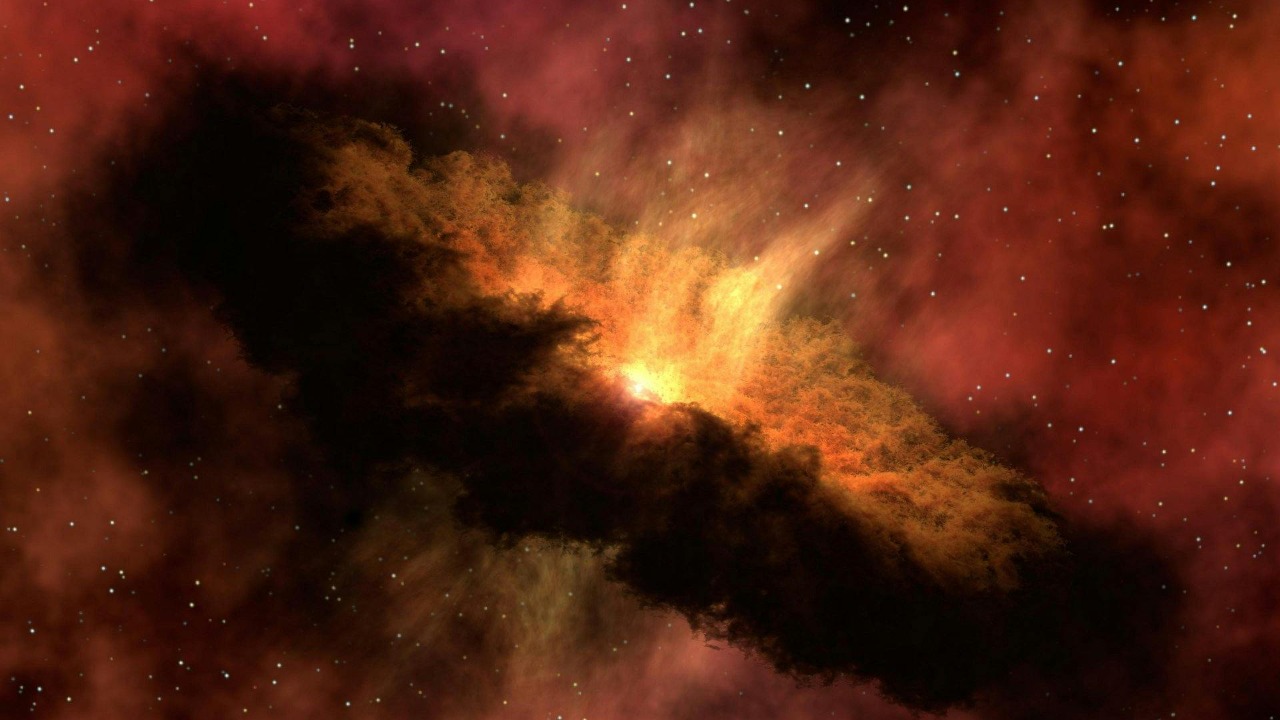
Scientists have recently observed the most intense explosion ever recorded in the universe, a phenomenon that has both baffled and excited the scientific community. This cosmic event, known as a gamma-ray burst (GRB), released an unprecedented amount of energy, offering new insights into the dynamics of the cosmos and the life cycle of stars.
The Discovery of the Cosmic Explosion
Gamma-ray bursts are among the universe’s most energetic occurrences, often signifying colossal changes such as the birth of black holes or the collision of neutron stars. These bursts are significant in astronomy because they offer a glimpse into the universe’s most extreme environments, where matter and energy behave in ways that challenge our understanding of physics. Historically, GRBs have shaped our knowledge of the cosmos, serving as beacons that guide astronomers to distant galaxies and the early universe.
The recent discovery of this unprecedented GRB involved a global network of observatories and satellites. Instruments such as NASA’s Swift and the European Space Agency’s INTEGRAL played crucial roles in capturing the explosion’s details. The collaboration between international space agencies exemplifies the importance of global cooperation in tracking cosmic phenomena. These advanced tools allowed scientists to accurately measure the burst’s characteristics and helped confirm its intensity.
The initial reactions from the scientific community were a mix of awe and curiosity. Prominent researchers expressed excitement over the potential insights this GRB could provide into the workings of the universe. As reported by The Independent, scientists are eager to explore the theories surrounding such high-energy events, including their origins and broader cosmic implications.
Understanding the Scale and Impact
Measuring the intensity of this cosmic explosion involved sophisticated techniques. Researchers used data from multiple observatories to gauge the magnitude of the GRB, comparing it with previous cosmic events. This particular burst was found to be significantly more intense than any recorded before, indicating a new scale of cosmic energy release.
The implications for astrophysics are profound. This discovery could challenge existing theories about the universe’s dynamics, particularly regarding the formation of black holes and the evolution of massive stars. According to an analysis by ScienceDirect, understanding such extreme events could reshape our comprehension of stellar life cycles and the role of high-energy phenomena in the cosmos.
The explosion’s effects on its surrounding cosmic environment are also a subject of intense study. Researchers are keen to understand how such an event could influence galaxy formation and behavior. The aftermath of the explosion may provide clues about the interactions between massive cosmic structures and the forces that drive them.
Theoretical and Practical Significance
This GRB offers valuable insights into the life cycle of massive stars. As stars exhaust their nuclear fuel, they undergo dramatic transformations, sometimes collapsing into black holes. The energy released during these processes is largely responsible for GRBs. By studying this explosion, scientists can better understand the mechanisms driving stellar evolution and the pivotal role of supernovae in cosmic events.
The broader implications for cosmic research are significant. This discovery could inform our understanding of the universe’s expansion and the forces at play in shaping its structure. As noted by an article on GB News, the GRB serves as a catalyst for future research and observations, encouraging the development of new theoretical models and technological advancements.
Interdisciplinary connections are crucial for unraveling the complexities of such phenomena. The explosion highlights the potential for collaboration between fields such as physics, astronomy, and engineering. Upcoming missions and technologies aim to further explore cosmic phenomena, providing a deeper understanding of the universe’s most enigmatic events.
Challenges and Opportunities in Cosmic Exploration
Observing such phenomena poses significant technical challenges. Current technology, while advanced, has limitations in detecting and analyzing the vast energy scales involved in cosmic events. Innovations are necessary to enhance observational capabilities, allowing scientists to capture more detailed data and refine their models of the universe.
International collaboration offers valuable opportunities for advancing space research. The successful tracking of this GRB demonstrates the importance of global cooperation in understanding cosmic phenomena. Examples of effective partnerships between space agencies and research institutions highlight their contributions to the field, fostering a collaborative environment for scientific discovery.
Increasing public interest and understanding of cosmic events is another key opportunity. Educational institutions play a vital role in promoting space science literacy, helping to engage the public with the wonders of the universe. Strategies for enhancing public engagement include leveraging media coverage and educational outreach programs to inspire the next generation of scientists and enthusiasts.